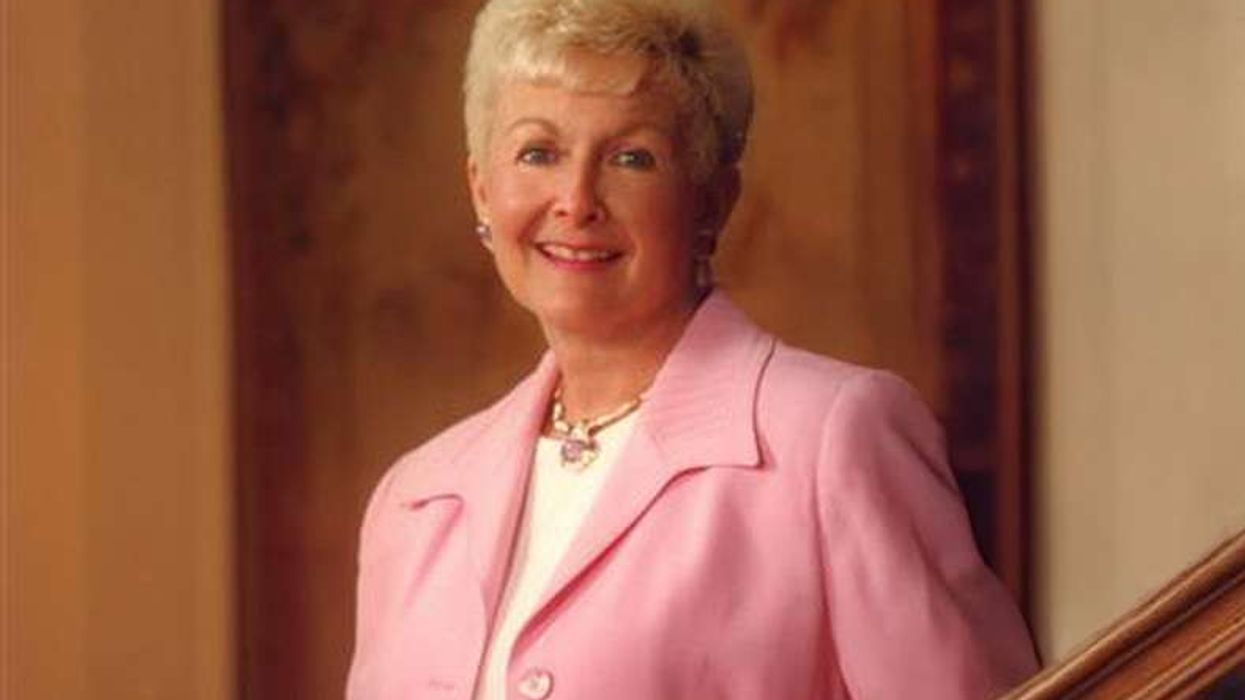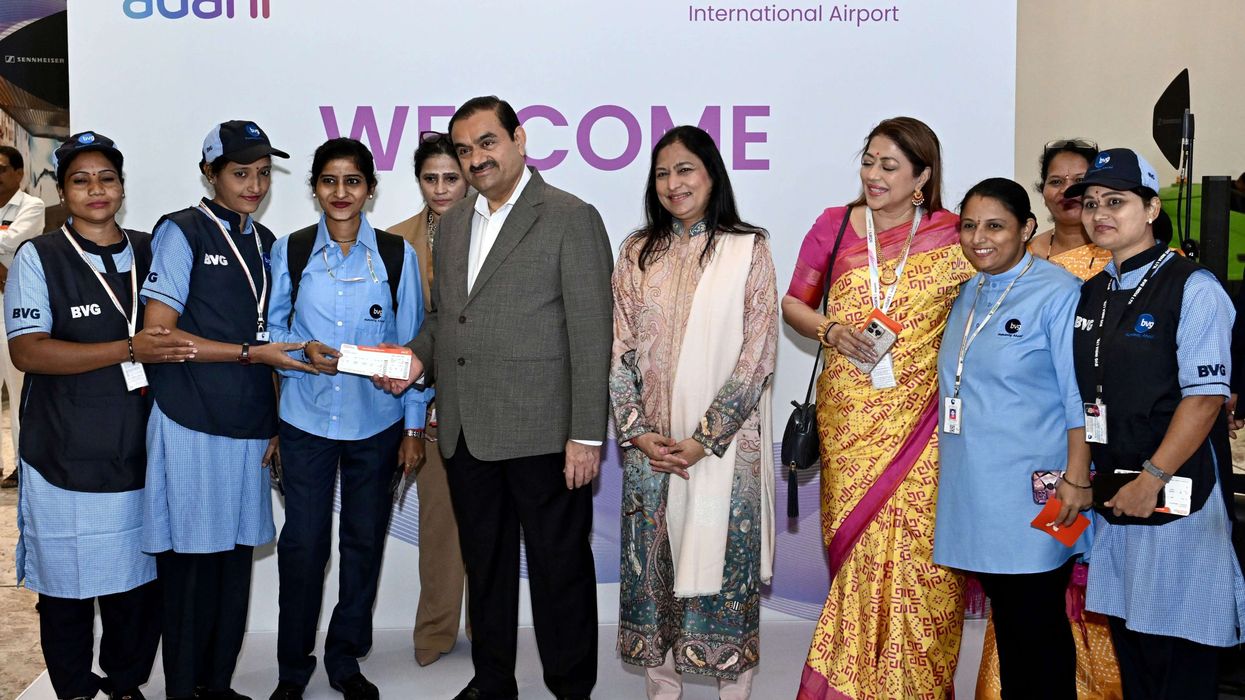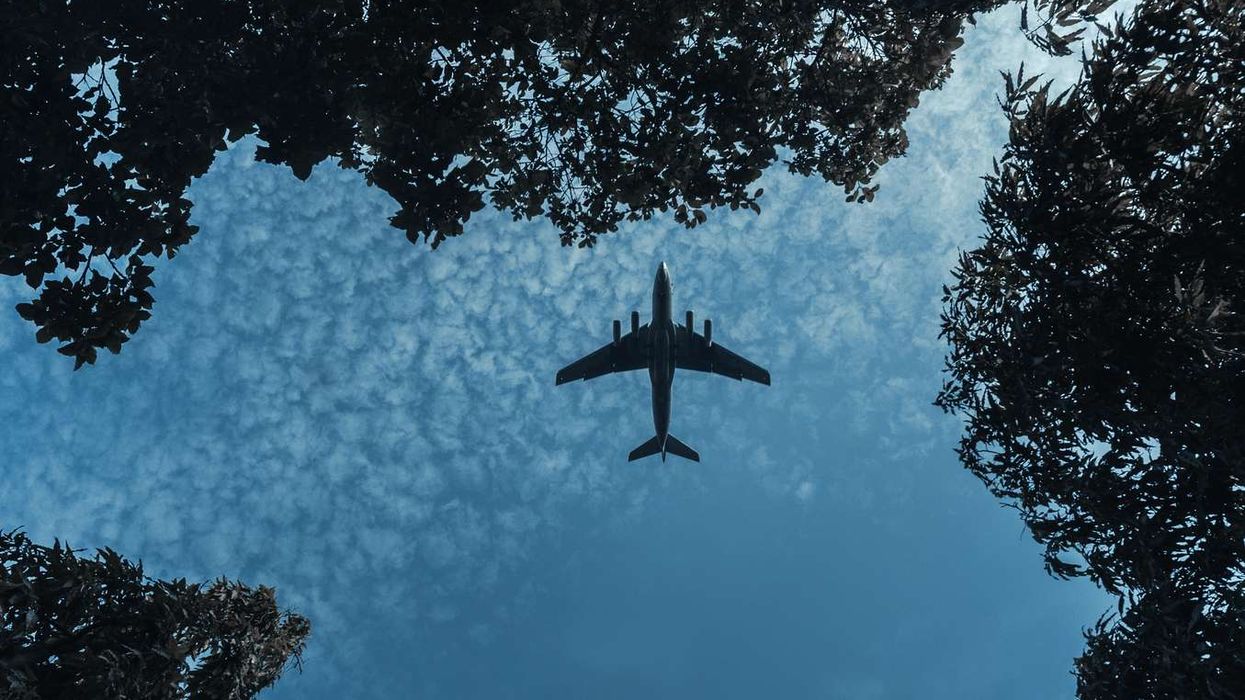MONTH BY MONTH, the global hospitality industry continues recover, including the U.S., according to HotStats’ monthly profits report for May. Year-over-year the data remains dire, and new outbursts of COVID-19 in several states could chill what progress has been made.
TRevPAR rose 39 percent between April and May, though it was down 92 percent year-over-year, according to HotStats. Gross operating profit per available room was up 32 percent to negative $17.25 but down 116.2 percent year-over-year.
“Absent a surge in cases, which is a possibility, the expectation is that MOM numbers will continue to improve, especially as more states move into Phase Two, which allows for non-essential travel to commence and sets out certain guidelines, like these, should hotels decide to reopen,” HotStats said.
As of June 30, there were 2,537,636 confirmed COVID-19 cases in the U.S. and 126,203 deaths from the disease, according to the World Health Organization. Some states were reinstituting restrictions in response to rises in their COVID-19 cases, according to news reports.
Occupancy rose 4 percent and ADR rose 5 percent in May over the previous month, but were down from the previous year. RevPAR stood at $13.76, down 92.2 percent from the previous year but up 54 percent from April.
“Further and expected YOY expense drops showed up in the data, as many hotels remained closed or operated at limited capacity. Labor costs on a per-available-room basis were down 74.4 percent YOY, while utility costs were down 45 percent YOY,” the report said. “Anecdotally, the expectation is that water bills will rise due to increased laundry operations and additional and more frequent washing of things like linens due to cleaning protocols. One hotelier told HotStats that his water bill was already up 33 percent.”
May’s profit margin was negative 87.3 percent of total revenue, up 93 percentage points from April but down 125 percentage points from the same time a year ago.
“Hotel industry data amid COVID-19 has been like a horror movie that forces you to cover your eyes. But at least in May, you can take a peek—though only insofar as it pertains to MOM data. YOY data is still a fright,” HotStats said. “May is the light at the end of the tunnel that hoteliers across the globe have been in search for. A glimmer of hope that revenue and profit, though still mightily depressed, are at least turning around. After months of frowns, it’s a trend hoteliers can smile at.”
Earlier this week, STR forecast that it will take until 2023 before the U.S. hotel industry snaps back to pre-pandemic levels.












